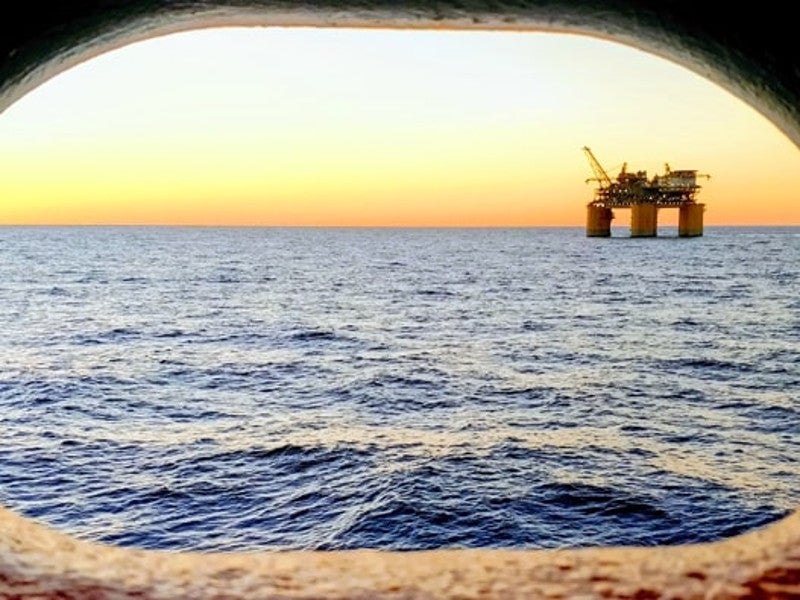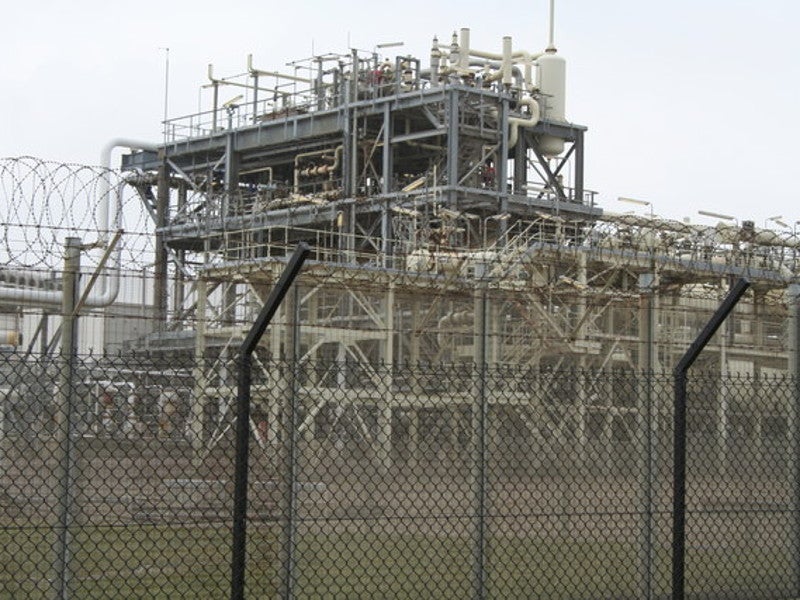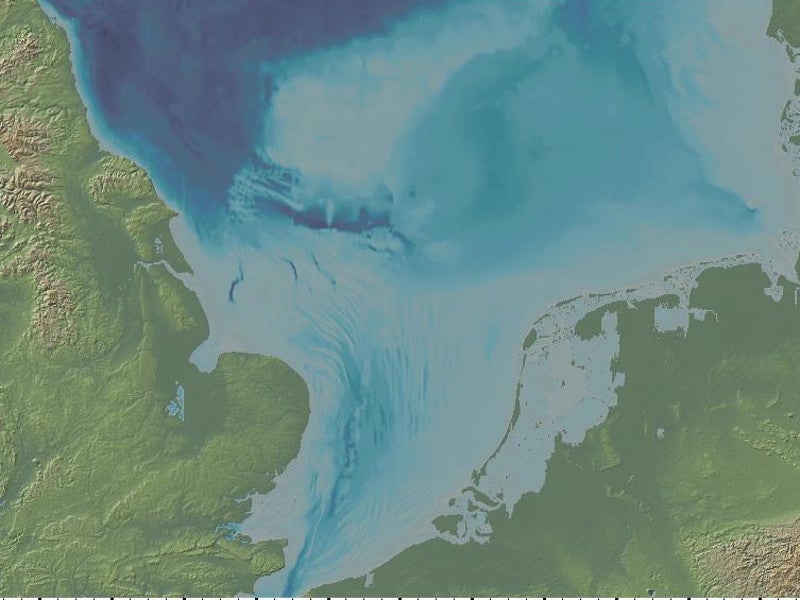The Core Project involves the development of reserves across six gas fields located in the UK sector of the Southern North Sea.
The project is operated by Independent Oil and Gas (IOG), which holds a 50% stake in the project while CalEnergy Resources owns the remaining interest in the project.
The project is being implemented in two phases. The final investment decision (FID) for the project was taken in October 2019 and the UK Oil and Gas Authorities (OGA) approved the field development plan for the first phase in May 2020.
The first gas from phase one of the Core Project is anticipated to flow in July 2021.
Details of Core gas project
The first phase of the project involves the development of five wells across three gas fields, namely Southwark, Elgood, and Blythe.
The Goddard, Nailsworth and Elland fields will be developed under phase two of the Core Project.
Phase one development of Core gas project
The Blythe field was discovered by the drilling of 48/22-1 discovery well in 1966 and was later appraised using 48/22-2, 48/23-3 and 48/23-4 appraisal wells.
IOG plans to develop Blythe using a production well and an unmanned platform. The well will be located below the small platform, which will include a jacket and topsides. The three-legged mono-tower design will have a suction can foundation.
Blythe is estimated to have net gas reserves of 21 billion cubic feet equivalent (Bcfe). The first gas from the field is expected in the fourth quarter of 2021.
The Southwark field is located approximately 30km to 45km east of the Blythe field. Discovered in 2000, the field will be developed through horizontal hydraulically stimulated wells drilled from normally unmanned installations (NUIs).
The field is estimated to hold net gas reserves of 47Bcfe and the first gas is expected in July 2021.
The Elgood field contains sandstone reservoir of the Rotliegend Leman formation. The field was discovered in 1991 by drilling the 48/22-4 well and lies in the P2260 licence area to the west of Blythe field.
The Elgood and Blythe fields will be developed together as a single subsea well tied back to the unmanned platform and development well of Blythe.
The field is estimated to have net gas reserves of 14Bcfe, with production expected to start in the fourth quarter of 2021.
Gas supply in phase one development
The produced gas in phase one will be carried onshore via the recommissioned Thames Pipeline, owned by IOG. The project will involve a 6km-long, 24in extension of the pipeline to connect it to the Southwark platform while the Blythe hub will tie-in to the Thames pipeline via a 25km-long 12in line. A 9km-long, 6in pipeline and an umbilical will connect Elgood field to Blythe platform.
The Thames Pipeline will transport the gas to the Bacton Gas Terminal for processing.
Phase two development of Core gas project
Discovered in 1994, the Goddard field lies in licence area P2438 in a water depth of 25m, approximately 70km north of the coast of Norfolk.
A total of three horizontal hydraulically stimulated wells will be developed in the field using a jack-up unit via normally unmanned installation. The gas from the field will be piped to the Blythe hub via a 45km-long pipeline and further to a tie-in to the Thames pipeline.
The Nailsworth and Elland fields, located 30km-45km east of the Blythe field, were discovered in 1987 and 2006, respectively. The development will include several horizontal hydraulically stimulated wells.
The Nailsworth field is estimated to hold 48Bcfe of net gas reserves, while the Elland field is estimated to have 26Bcfe.
Contractors involved
In May 2020, Subsea 7 received a contract to provide engineering, procurement, construction and installation (EPCI), as well as project management services for the first phase of the Core Project.
The scope of work includes subsea, umbilicals, risers and flowlines (SURF) supply and installation of 35km of flowlines, in addition to subsea infrastructure, umbilical, and tie-ins.










